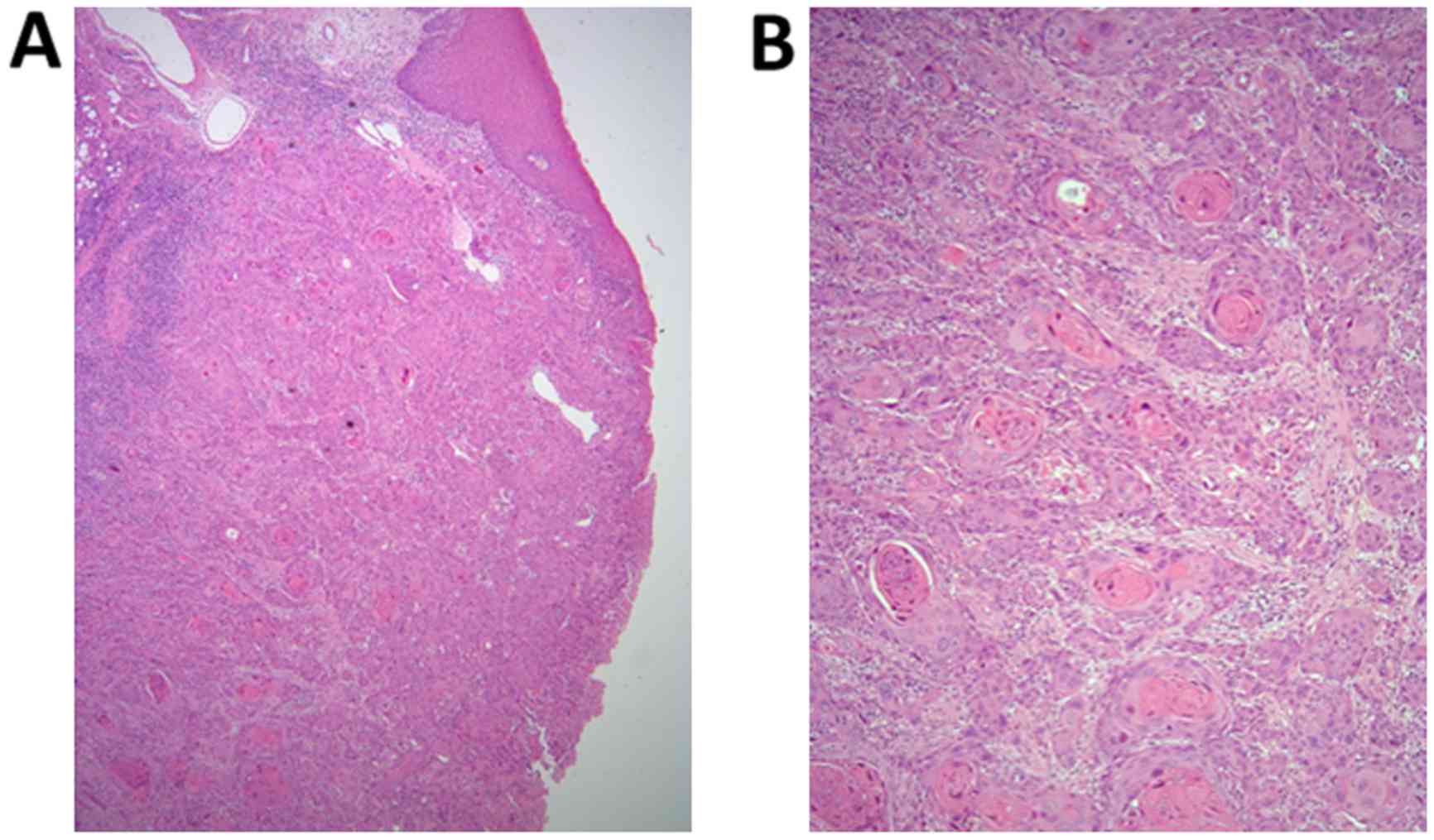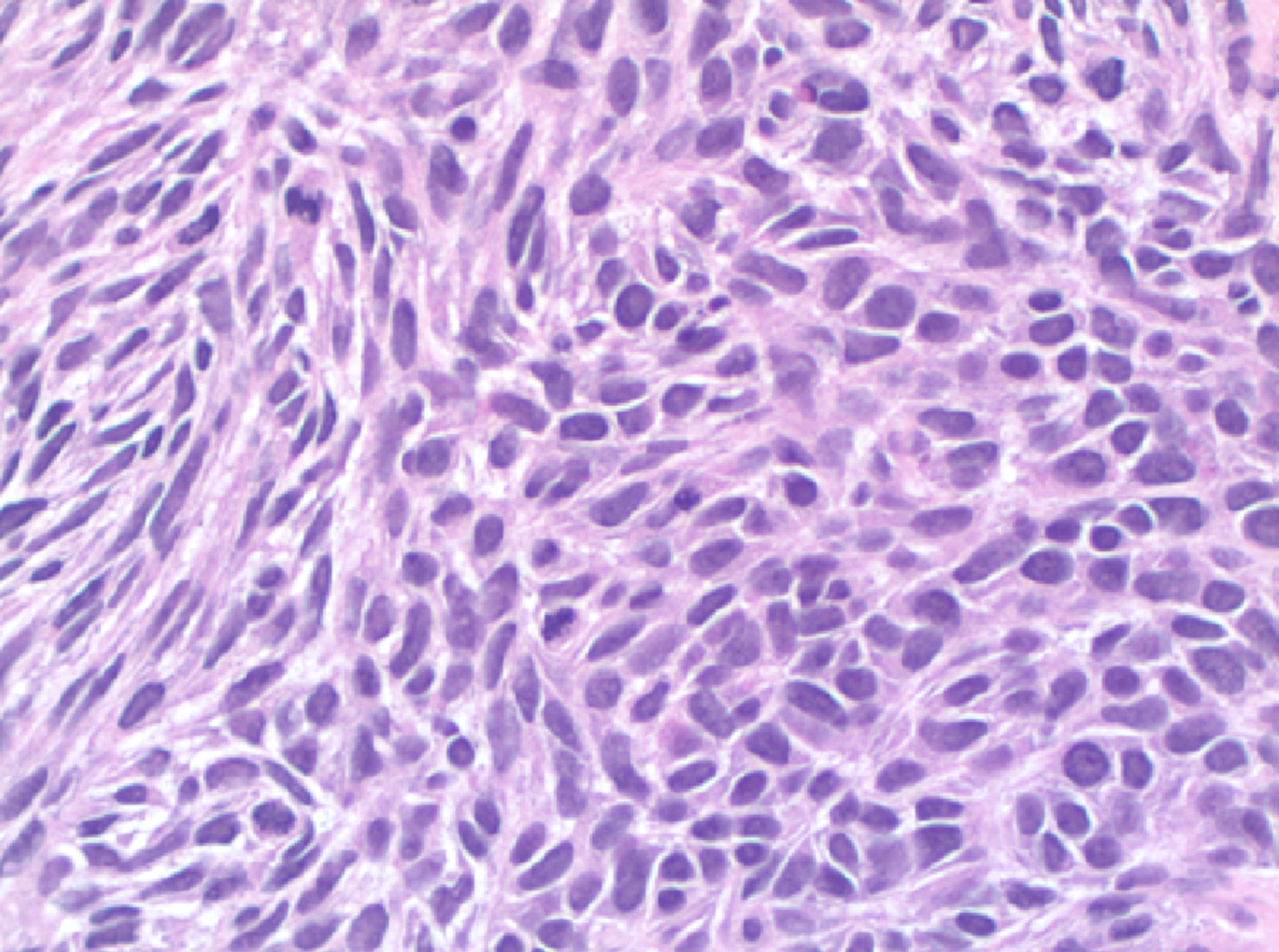

Another patient (case 15) with T4N0M0 SpCC of the maxilla was deemed medically unfit for surgery and treated with palliative radiotherapy but died after five months of progressive disease. The patient died of progressive disease 12 months later. Further progression in maxillary alveolus was resected and histology revealed features of SpCC. Local recurrence and distant metastases developed two years before the diagnosis of SpCC and was treated with palliative chemotherapy with 5FU/carboplatin and cetuximab with partial response. The first was a patient (case 12) treated originally with surgery and adjuvant radiotherapy for SpCC of the oropharynx seven years prior to the diagnosis of SpCC. The disease recurred 18 months after the treatment and the patient died soon after with progressive disease.įour patients were treated with palliative intent. The last patient in this group (case 11) presented with T4N2bM0 carcinoma of the base of tongue was managed with surgical resection followed by radical radiotherapy 65 Gy in 30 fractions. The patient did very well and is alive with no sign of recurrence three years after the diagnosis. One patient (case 10) was a 78-year-old lady with T4 disease of the ethmoid required surgical resection followed by definitive chemoradiotherapy (65 Gy in 30 daily fractions with concurrent cisplatin chemotherapy 40 mg/m 2 on a weekly basis). The remaining two patients in this group presented with locally advanced stage IV disease. However, the disease recurred in the patient with hypopharyngeal disease after 22 months of initial diagnosis and the patient died of progressive disease three months later. The patient with laryngeal disease did very well and is alive after more than five years of the initial diagnosis. Two patients (cases 8 and 9) were with early disease (pT1 of vocal cord and hypopharynx respectively) and required adjuvant radiotherapy 63 Gy in 30 daily fractions in view of microscopically involved margins (R1 resection). Three patients were treated with surgery followed by adjuvant radiotherapy and one with surgery and adjuvant chemoradiotherapy. In our local experience, five patients had their primary in the tongue/base of tongue, and four in the paranasal sinuses, and their management and outcomes add to the sparse literature in this uncommon pathological entity. The location of SpCC of the head and neck region outside the larynx is considered to be extremely rare.
#Spindle cell carcinoma series
This small series show an unusual site distribution of the disease. However, the literature evaluating the treatment strategies of SpCC are so scarce that any contribution is of value. The authors are aware that analysis of 15 patients cannot answer the question of whether the management of SpCC should be different from the management of SCC of the head and neck region. In this discussion we focus on clinical aspects, especially with regards to treatment options and their outcome. This retrospective single institution cohort reports the management and outcome of treatment in 15 patients. The optimal treatment of SpCC of the head and neck region is not based on high level evidence as this is a rare entity and only retrospective reports have been published. The role of cytotoxic chemotherapy is unclear. The effectiveness of radiotherapy was suggested by Ballo et al in 1998, however, more recent studies did not confirm the impact of radiotherapy on survival. Surgery is considered to be the mainstay in the management of SpCC.

The metastatic potential of both entities seems to be similar. In comparison with SCC, laryngeal SpCC appear to be more likely to present at an earlier stage. We found in six patients it even arose from the buccal mucosa. The extra-laryngeal origin is much less frequent, although SpCC has been described in all head and neck sites. The most common site of origin in the head and neck region is the glottis and hypopharynx. SpCC consist of elongated (spindle) cells of epithelial origin, representing an unusual form of poorly differentiated SCC though morphologically these resemble a sarcoma. Most of the available literature focuses on morphological and immunohistochemical features of this entity. Smoking, alcohol consumption, and previous irradiation are predisposing factors. It is more predominant in males with a male-to-female ratio of nearly 7:1. Spindle cell carcinomas (SpCC) of the head and neck are a rare variant of the squamous cell carcinoma (SCC), representing less than 3% of all head and neck malignancies of epithelial origin.


 0 kommentar(er)
0 kommentar(er)
